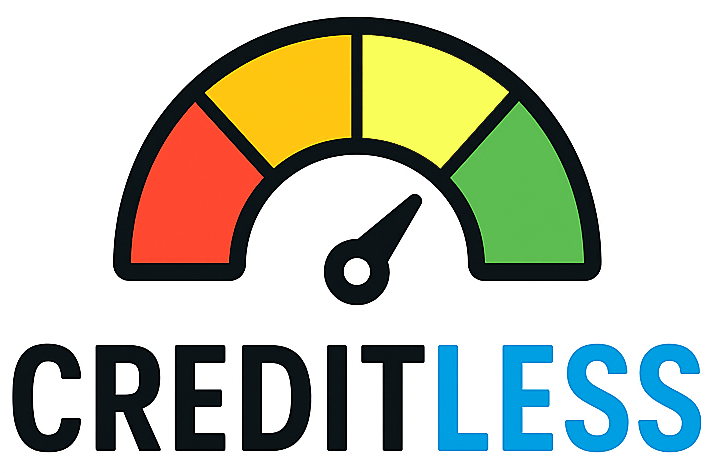Introduction — Rewards are Nice. Good Credit Is Priceless.
Rewards credit cards (cash back, points, miles) can deliver meaningful value — but they also come with trade-offs that can affect your credit if you’re not careful. This article lays out the practical steps to choose a card that suits your spending, how rewards interact with core credit-score drivers, and simple guardrails to keep perks from turning into problems.
Quick facts to start: hard credit inquiries from applications are usually small and temporary; utilization (how much of your available credit you use) matters a lot; and carrying a balance to “finance” rewards almost always backfires. For specifics on how inquiries and utilization affect scores, see the sections below.
How Rewards Cards Affect Your Credit — The Mechanics
Hard inquiries: When you apply for a card the issuer typically performs a hard pull. Most people see a small one-time dip (often fewer than five FICO points); the inquiry stays on reports up to two years but only affects scores for about 12 months. Multiple applications in a short window can compound the effect.
Credit utilization: Revolving balances (what you owe versus your credit limits) make up a large portion of most scoring models. Aim to keep utilization well below 30% overall — many high-score consumers keep it in the 0–10% range. Because issuers typically report balances at statement closing, paying down balances before the statement posts is one of the fastest ways to lower reported utilization.
Payment history: Late payments are the single largest score driver. If rewards tempt you into overspending or missing payments, any earned cash back or miles is outweighed by the long-term harm of missed payments.
Practical Choices: Picking a Card Without Sabotaging Credit
Use this checklist before applying or keeping a rewards card:
- Match the card to your spending: Pick categories you actually spend in (groceries, gas, travel). Don’t chase large sign-up bonuses if the required minimum spend would push your utilization or impulse buying higher.
- Prequalify where possible: Many issuers offer a soft prequalification that won’t harm your score; use it to check odds before a full application.
- Calculate annual-fee break-even: Add expected rewards value plus perks (travel credits, statement credits) and compare to the fee. If you won’t use the perks, a no-fee card may be better. (A quick rule: divide the annual fee by your realistic rewards rate to see required annual spend to break even.)
- Avoid carrying a balance to ‘earn’ rewards: Interest charges usually negate rewards value — pay in full each month whenever possible.
- Be mindful of application timing and issuer rules: Applying for several cards quickly raises multiple hard inquiries and can trigger issuer-specific limits (for example, the well-known but unofficial “Chase 5/24” constraint). If you’re planning big credit events (mortgage), delay new card applications.
Account Management: Preserve Credit While Maximizing Value
Keep age and limits in mind: Closing an older card can reduce your available credit and shorten average account age, both of which may lower your score — especially if your utilization rises as a result. When you no longer want to pay an annual fee, consider asking the issuer for a product change (downgrade) to a no-fee card to preserve the account’s history.
Smart operational rules: set autopay for at least the minimum, schedule a small recurring charge on cards you want to keep open (and pay it off each cycle), and make an extra payment before statement close if you need to lower reported utilization. Monitor your credit reports periodically to confirm how balances and new accounts are reported.
When to ditch a rewards card: If the annual fee exceeds the realistic, extractable value; if you’re using it to finance spending you can’t afford; or if the account triggers behavior (multiple applications or balances) that harms your credit trajectory, it’s time to cancel or product-change.
Bottom line: Rewards are best when they match your life and you pay in full every month. Choose deliberately, avoid impulse applications, and use simple account-management habits to protect utilization and payment history — and those perks will stay net positive rather than costly.
